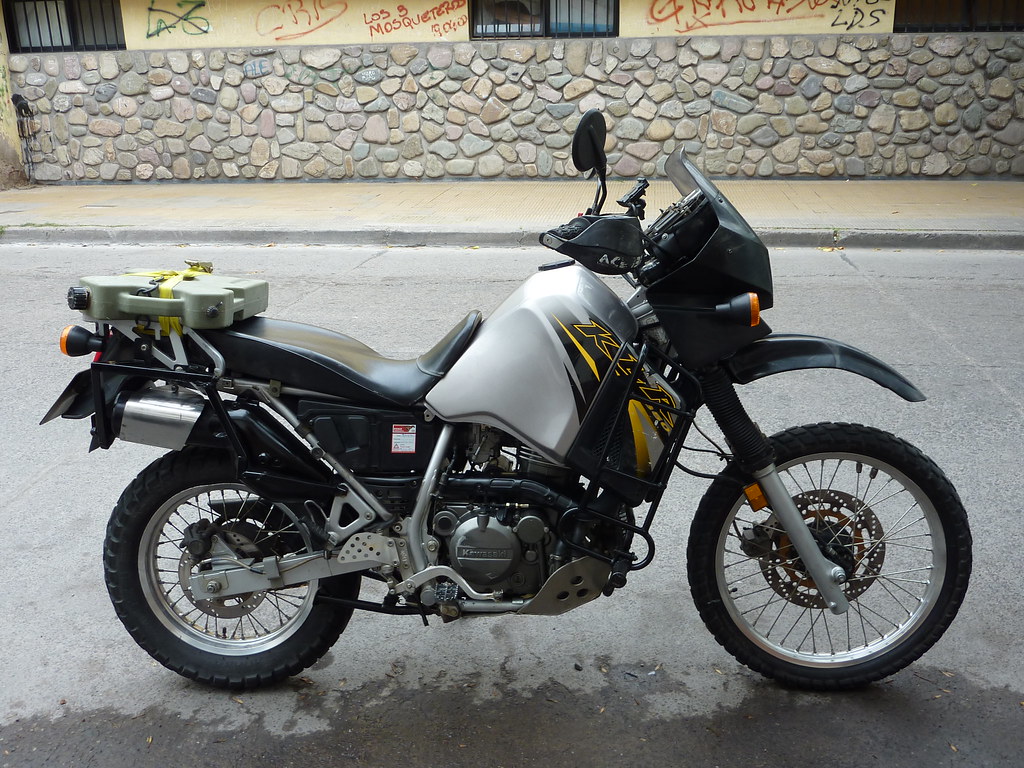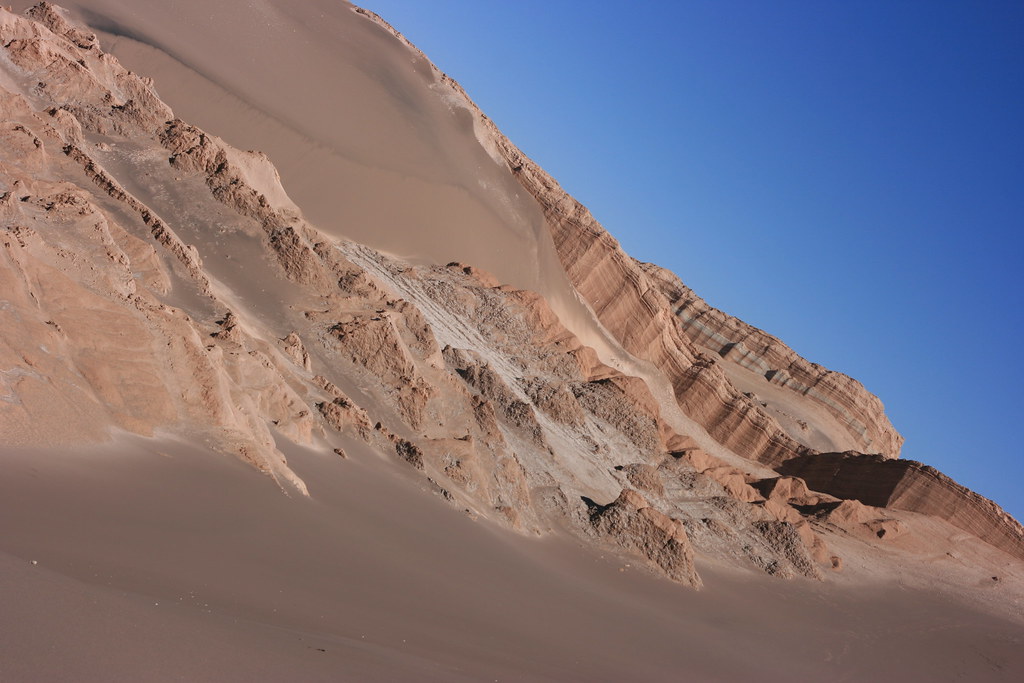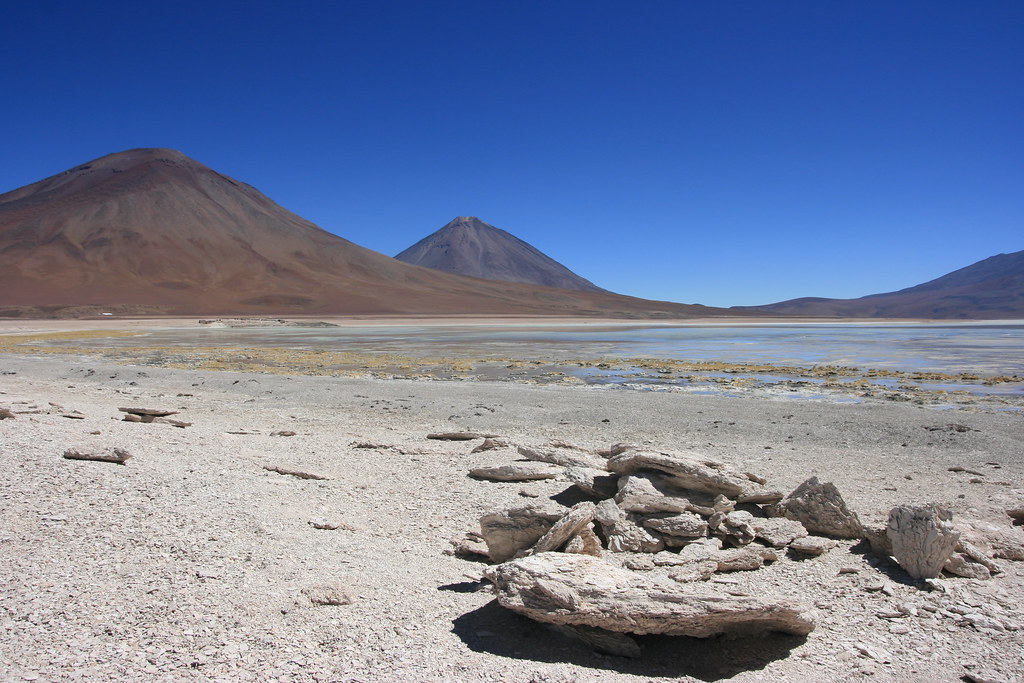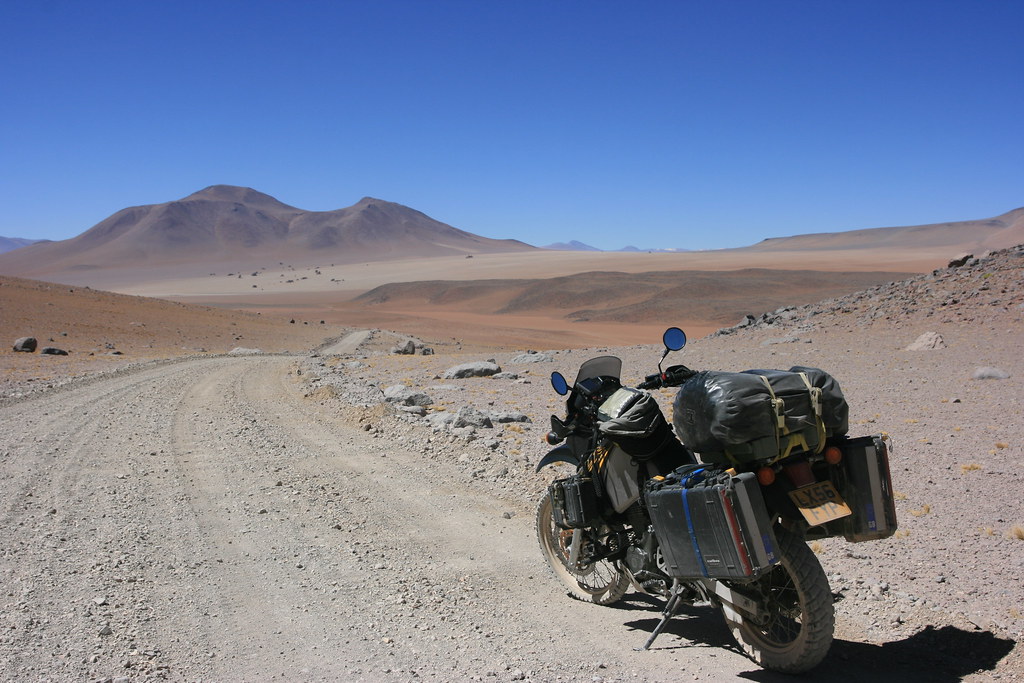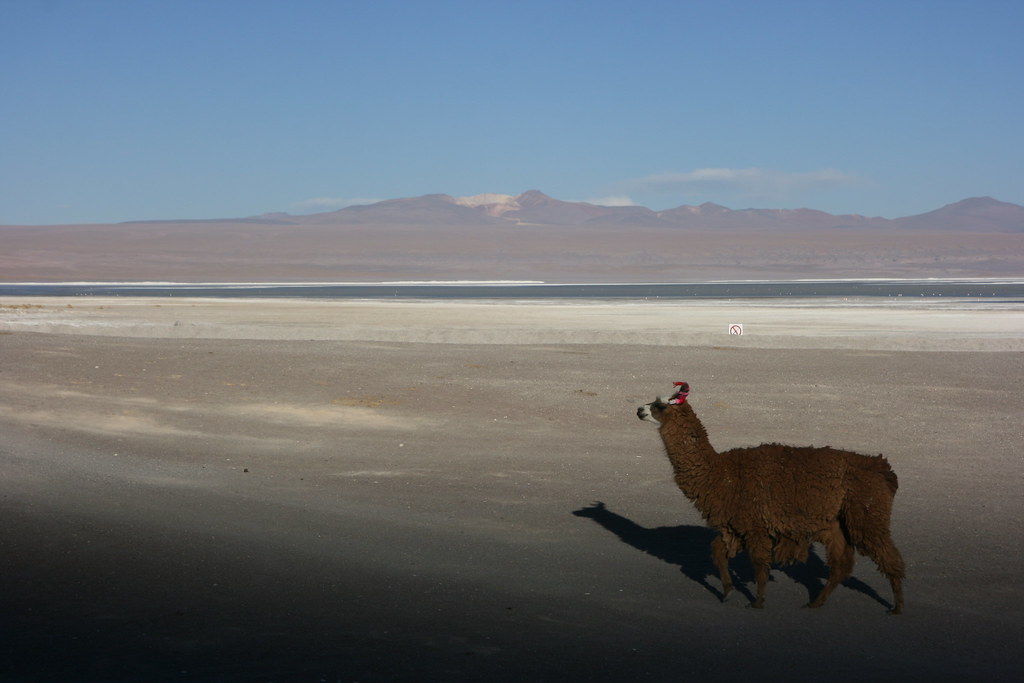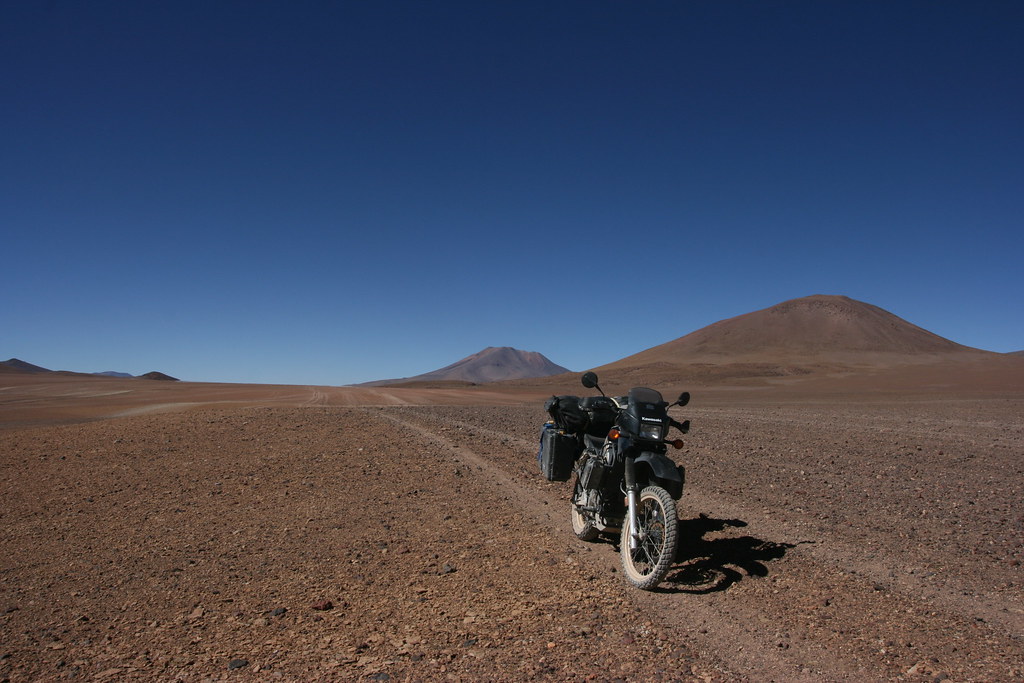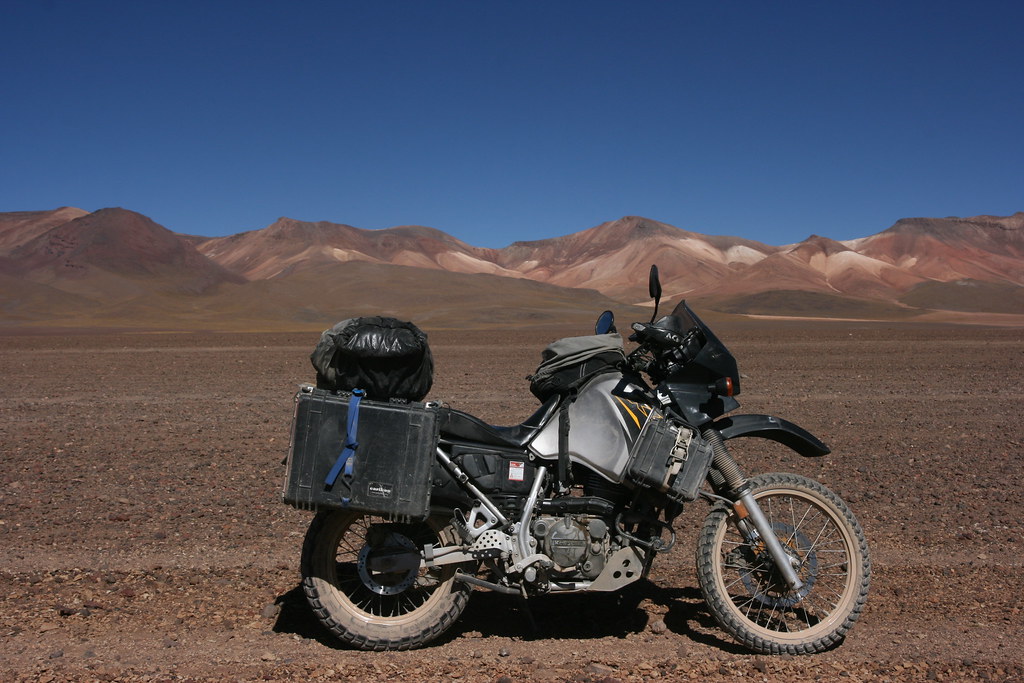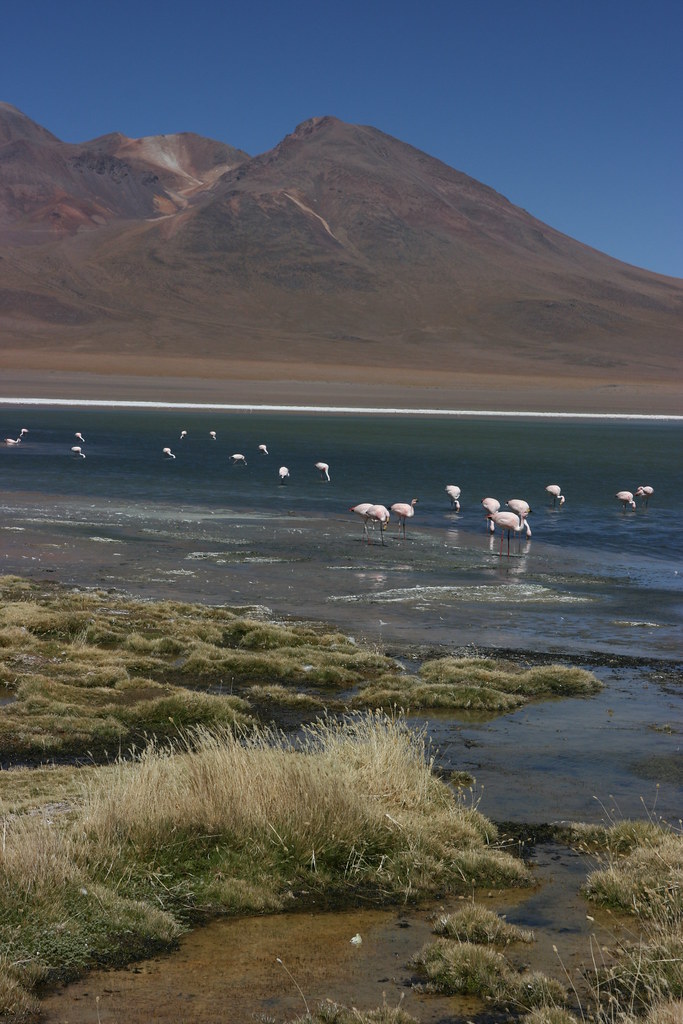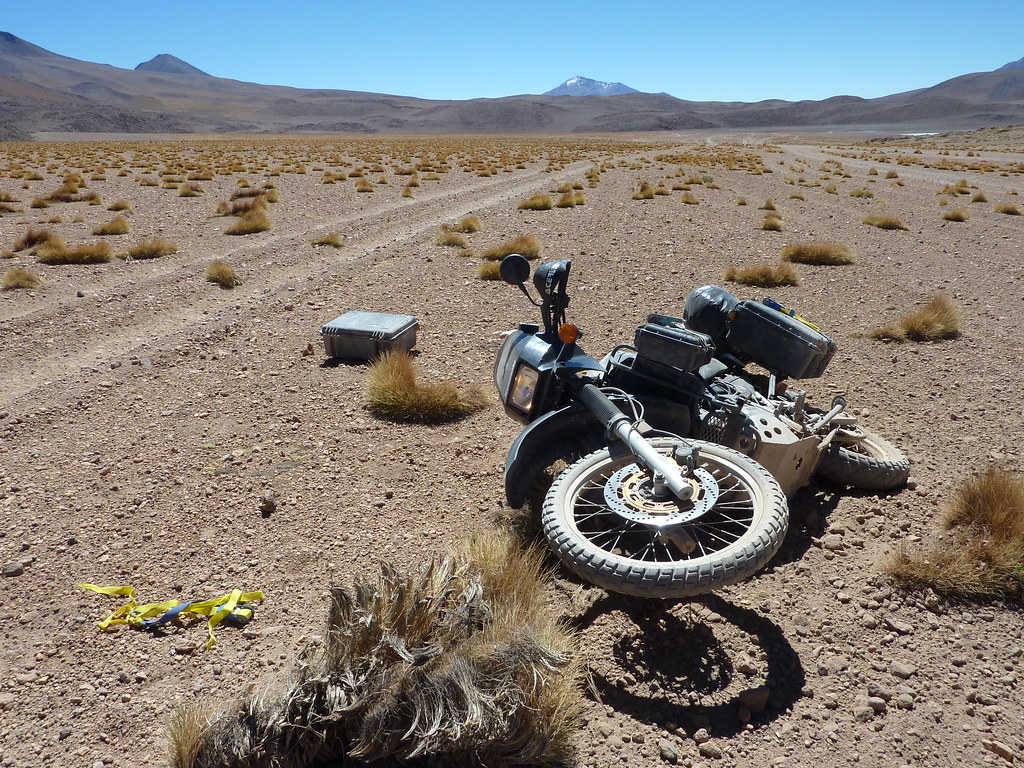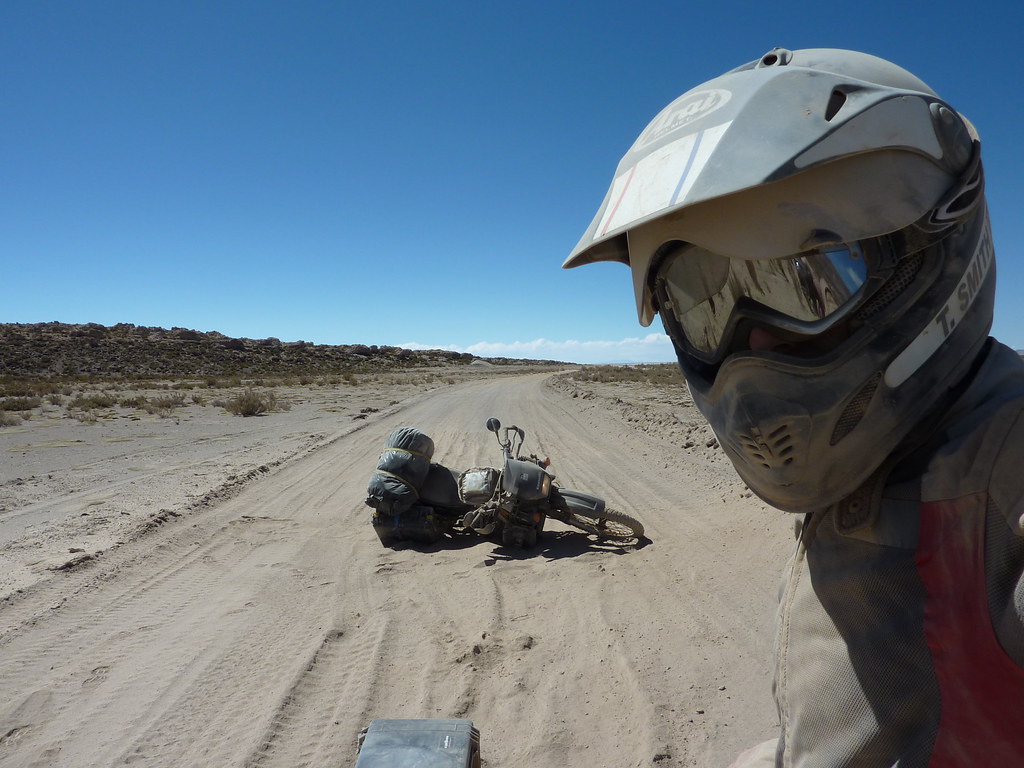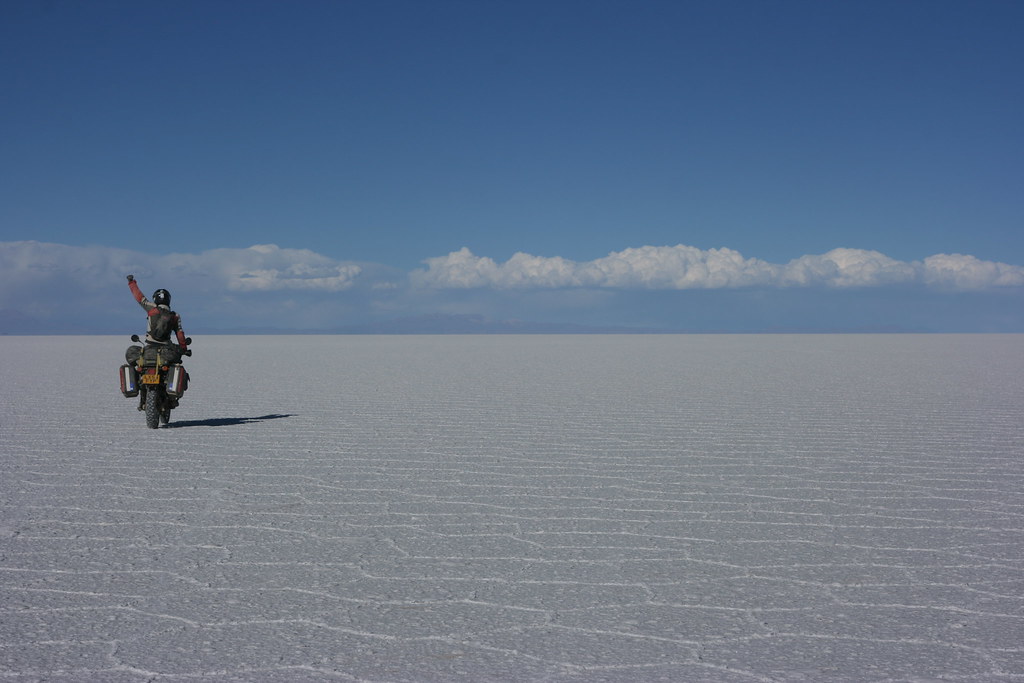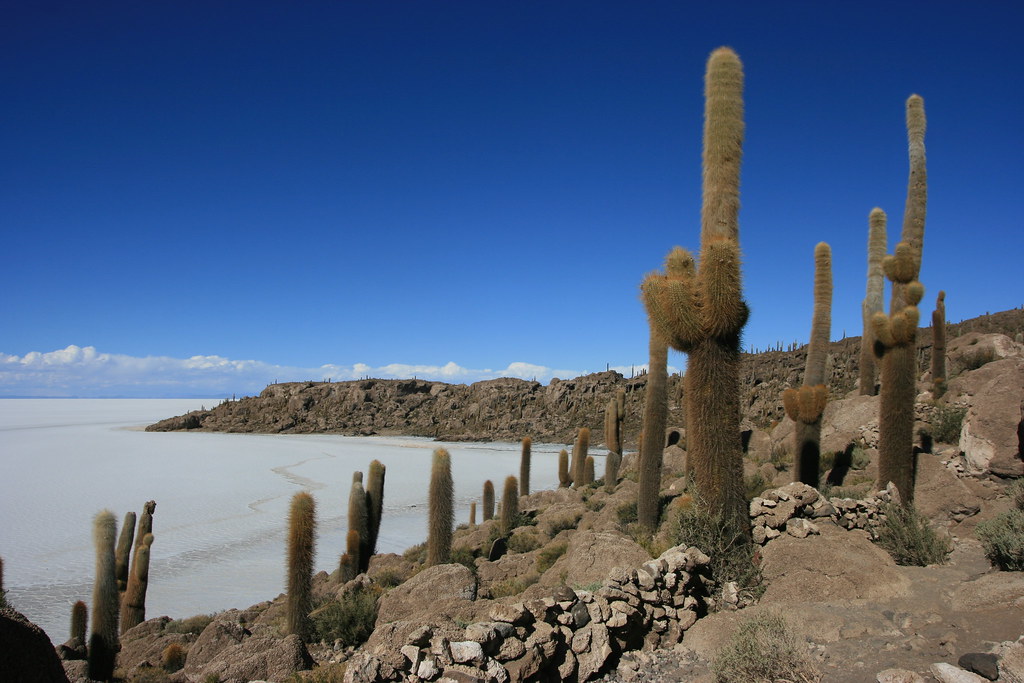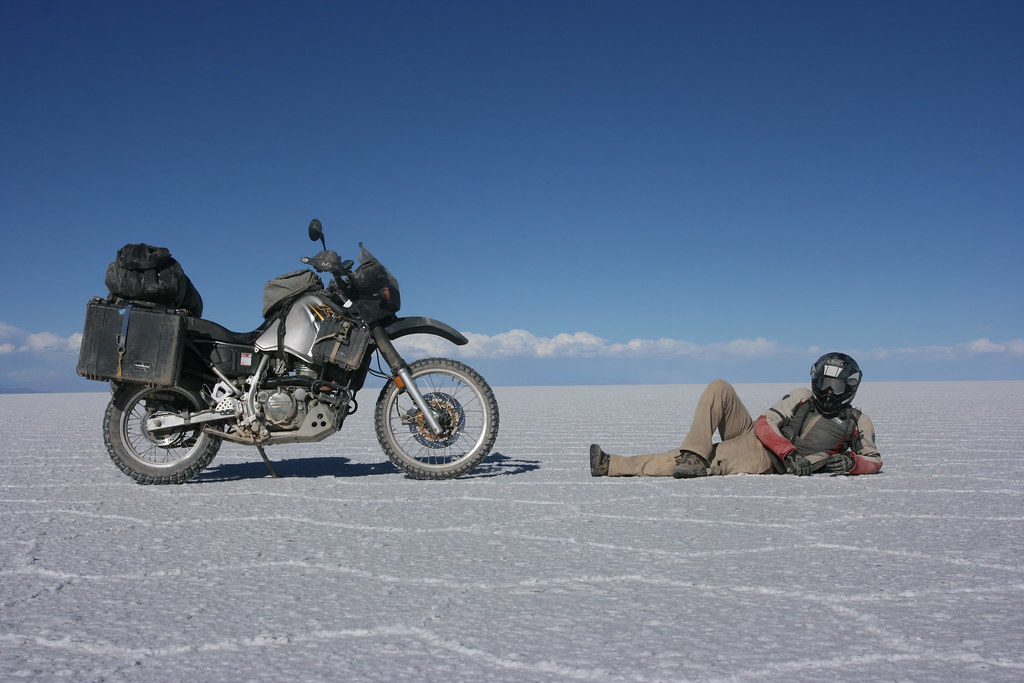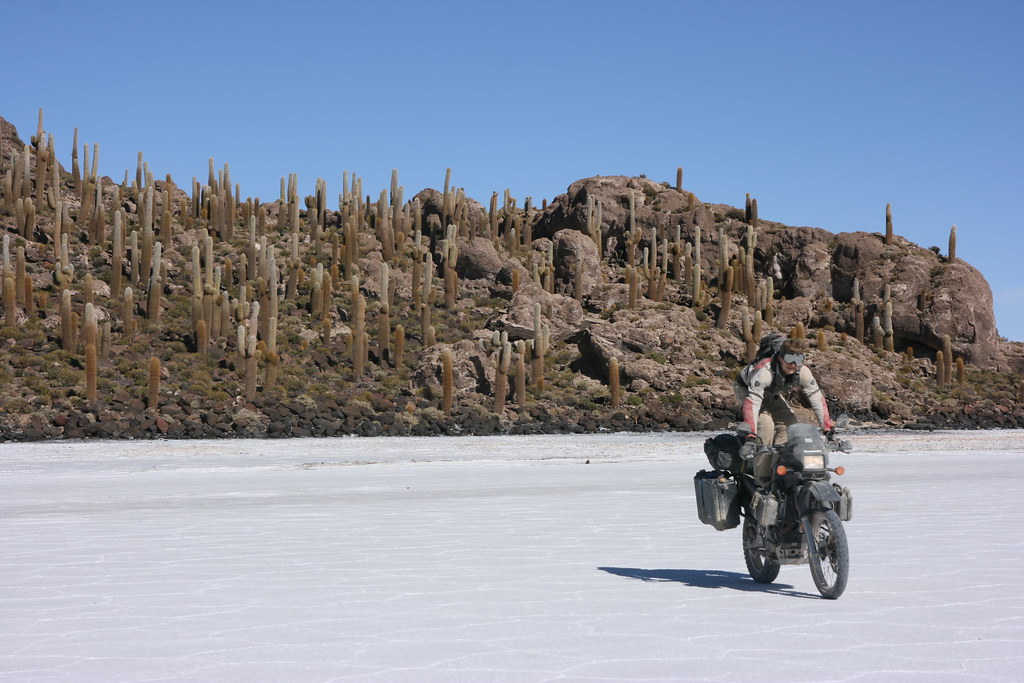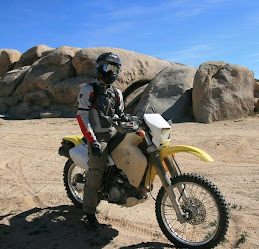Picking up the trail
It´s impossible to travel through South America without encountering the legacy of the Inca Empire. At its peak, some six or seven centuries ago, the Empire stretched from northern Argentina to the Equator. Modern day Peru was at its heart, but according to some myths, the Inca dynasty actually began in Bolivia on the Isla del Sol - just off the eastern shore of Lake Titicaca. And that´s where I first picked up the Inca trail.
In constrast to southern Bolivia where paved roads are still something of a futurisitc phenomenon, the Isla del Sol and the area surrounding Lake Titicaca are reached by some of the smoothest and most picturesque roads on the continent.
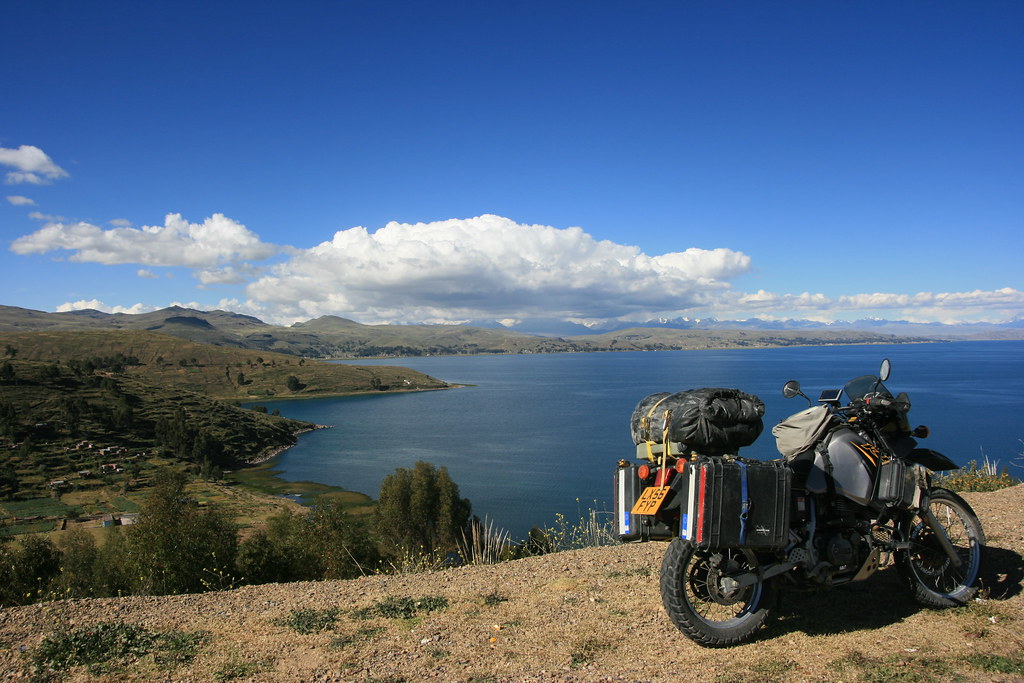
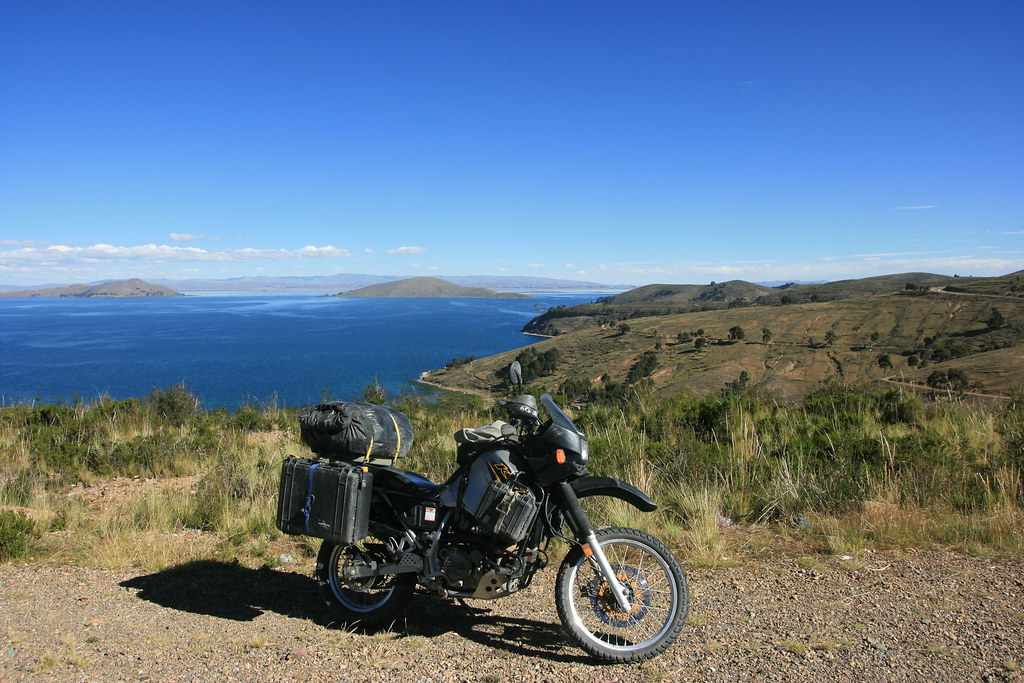

Nestled on the shore of the Lake is the small town of Copacabana which, unlike the famous beach in Brazil or nightclub in Florida, doesn´t have any showgirls named Lola (or any showgirls at all come to think of it). But even without the showgirls it´s still a lively little burg and is the main jumping off point for boat trips into the lake.
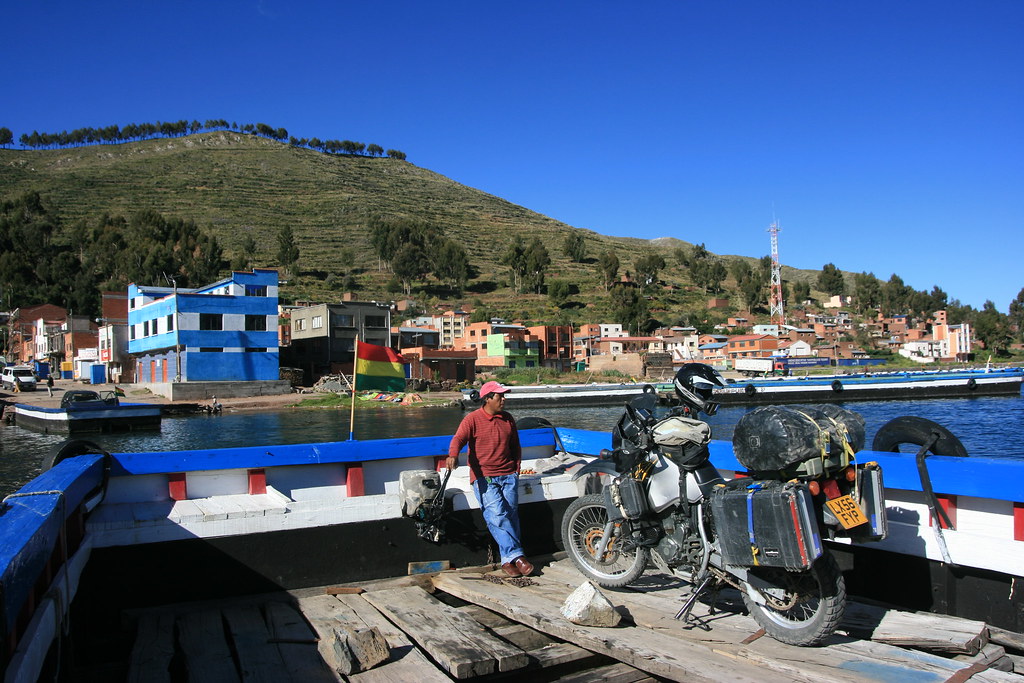
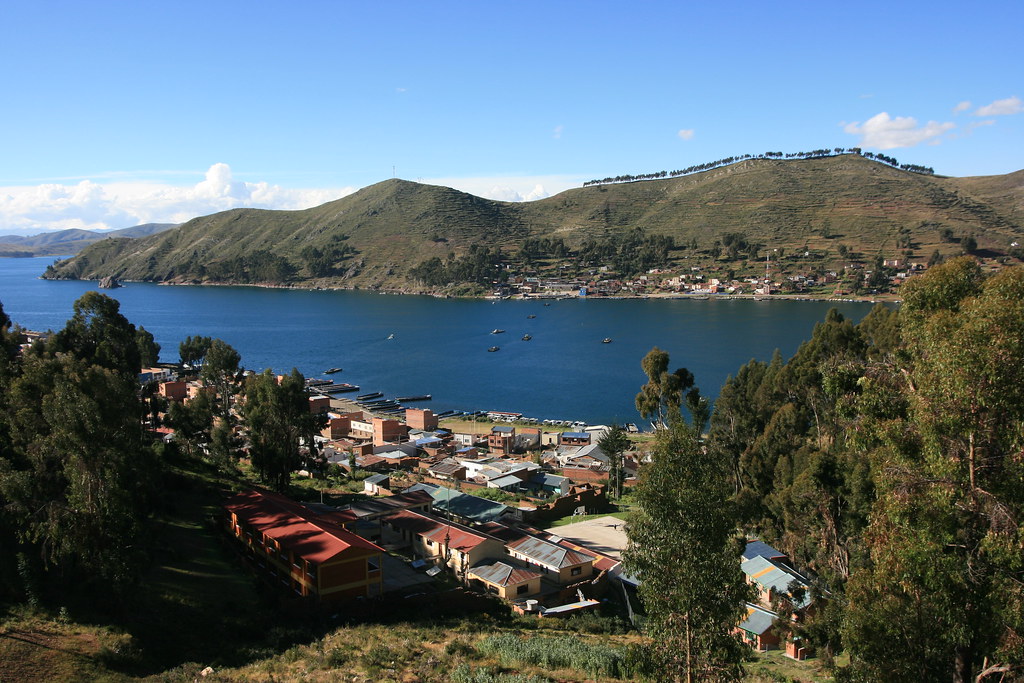
On the day I visited the island, the Inca Sun God (Inti) was obviously feeling jolly good about himself as it was a glorious sunny day. Needless to say, after visiting the sacred rock, a few ruins, and hiking five miles along the spine of the island, Inti had made his mark on me too, turning my pasty skin to a lobster pink - dashing.

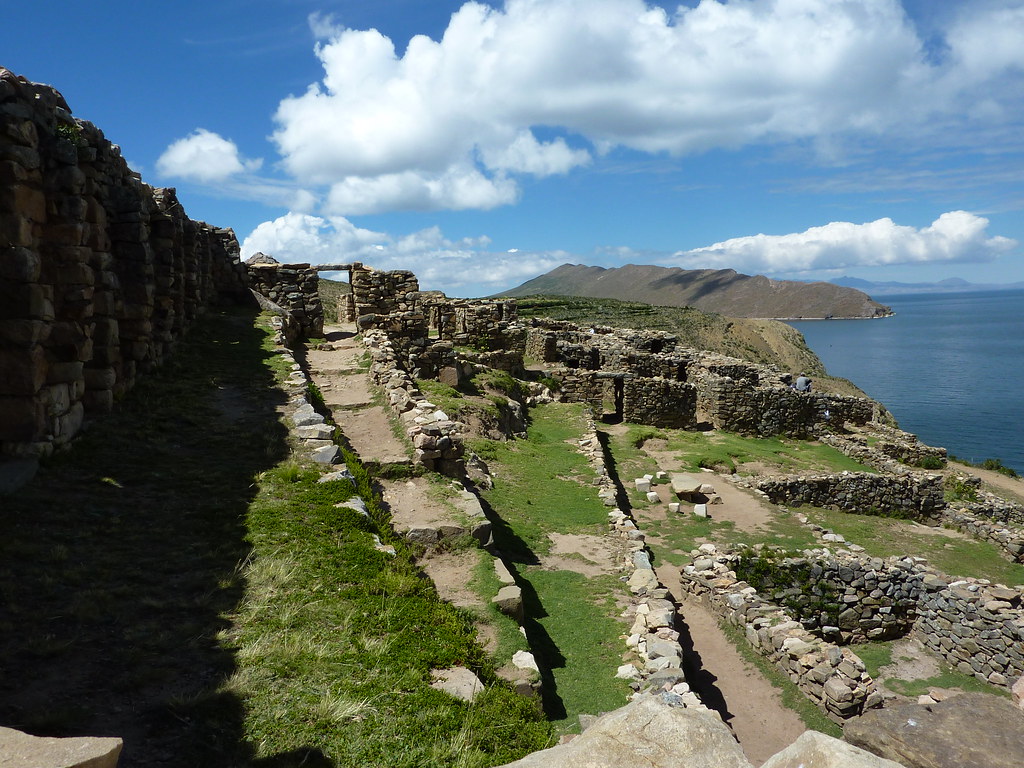
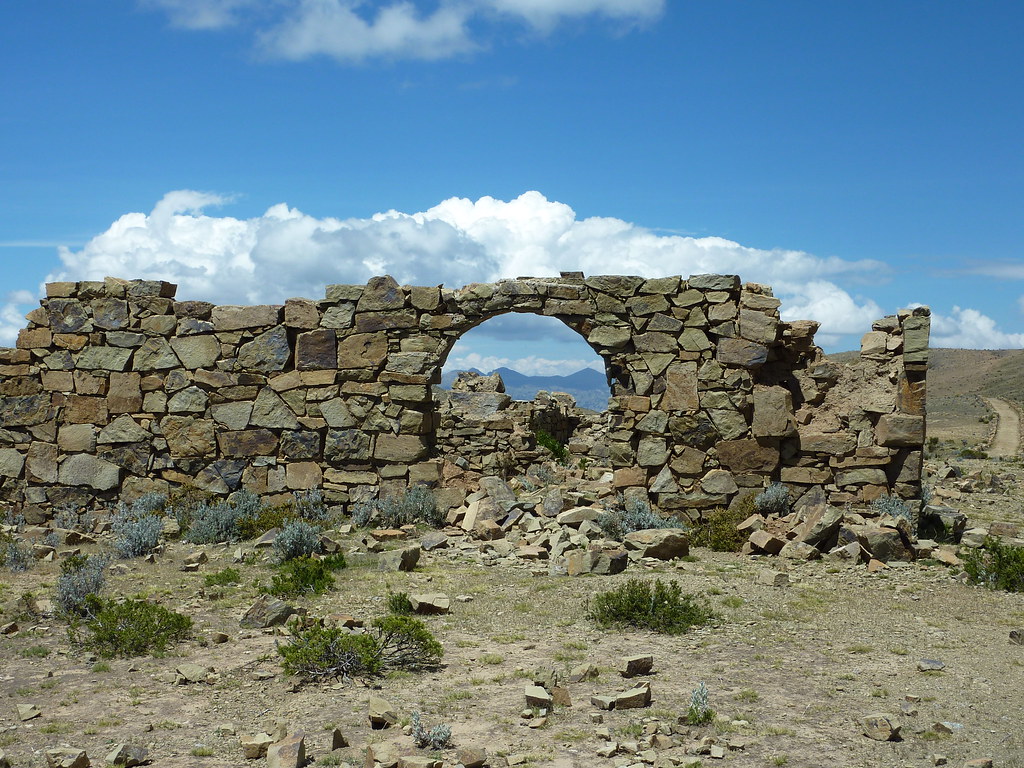
Back on the road and covered in aloe vera, I circled the southern shore of the Lake, crossed into Peru, and turned inland toward the hub of the Inca Empire - Cusco.
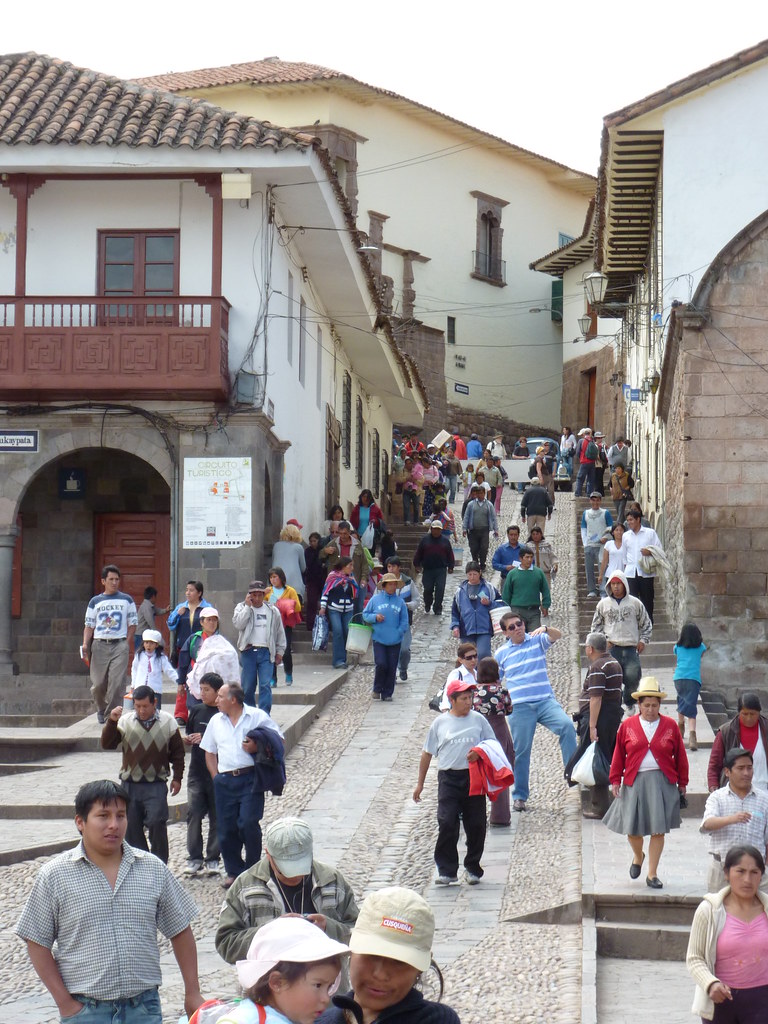
Cusco is a busy, vibrant city with Inca ruins quite literally all over the place. The ruins are so abundant that many of the hotels boast of having "Inca walls" in their paraphenalia.
But perhaps the best sight in Cusco, as hotly tipped by Jerry - the Indiana Jones of our riding group - is the Sun Temple. The key thing about this temple is not the immaculate stonework that has withstood earthquakes and several hundred years of abuse. The most interesting thing about the temple is it is buried beneath a church. The Spanish Conquistadors were so keen to convert the natives to Christianity they decided to build their own place of worship right on top of the Inca temple - stick that in your Inca pipe and smoke it.
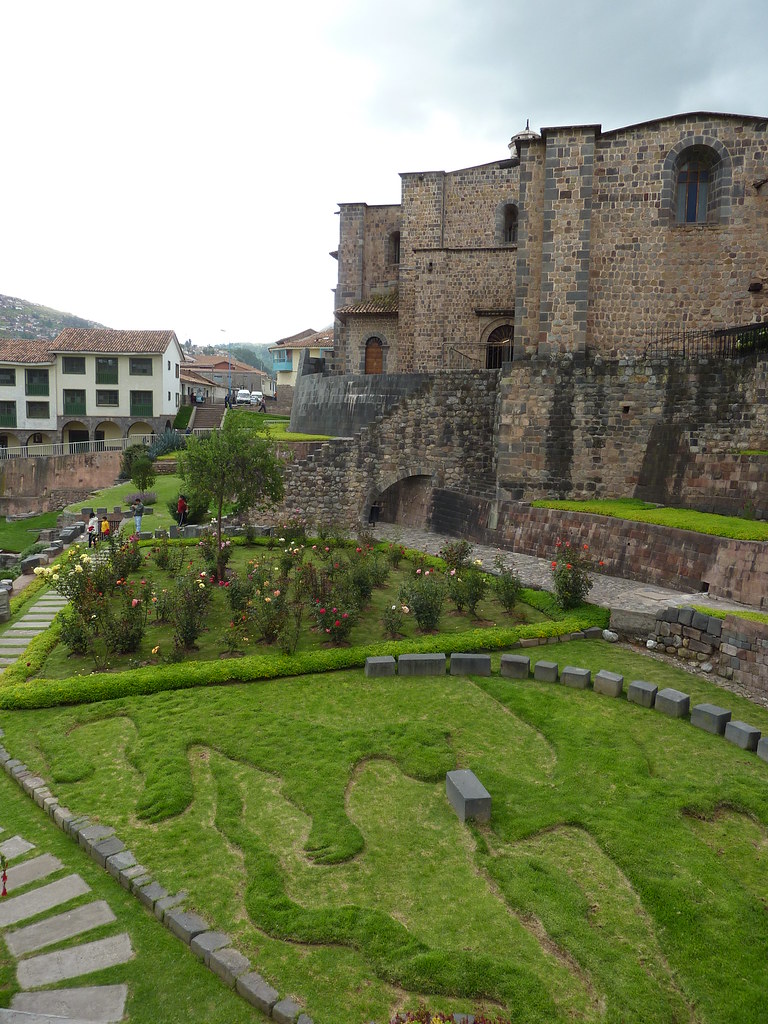

But obviously the top Inca sight on most people´s lists is the world-renowned mountain-top citadel of Machu Picchu.
Normally, the high altitude ruins are reached via an expensive tourist train or via the popular hiking trail. But mudslides earlier in the year washed away the tracks and made the trail all but impassable. After hasty repairs, both routes re-opened on April 1st, but with a backlog of tourists to get through, both the train and the trail were fully booked by the time I showed up. Fortunately though, I managed to find a lesser-known ´back way´ into Machu Picchu which even involved a bit of biking.
The back way into Machu Picchu
Instead of taking the train west from Cusco toward Machu Picchu, I headed north via a glorious paved road into an adjacent valley. The road wound its way up into the mountains via a series of hairpins, each guarded by a solitary wild dog. How those pooches got up there and what they were doing I honestly don´t know, but there were so many lonely pups that I half expected to see a satisfied looking Boddingtons surrounded by his bitches at the top. No such luck.
After riding past the dogs and through the clouds I began my descent into the valley below. Clearly the mudslides that wiped out the routes to Machu Picchu were not a one off - I frequently came across landslides, boulders and waterfalls flowing across the road.

But the going was good for the first 60 miles. After that, the smooth pavement gave way to a rough corrugated road which came complete with slow, dust spewing trucks. But that degradation was only Stage 2 of the ride. Stage 3 - some 20 miles further on - saw the wide corrugated road turn into a narrow muddy track that wound its way steeply up into the mountains. This was Jerry country all right - on the trail of some lost civilisation riding in the mud - he would have been in Hog´s Heaven. As for me, I squirmed my way through, narrowly avoiding being washed down the mountain in a deceptively deep waterfall crossing.
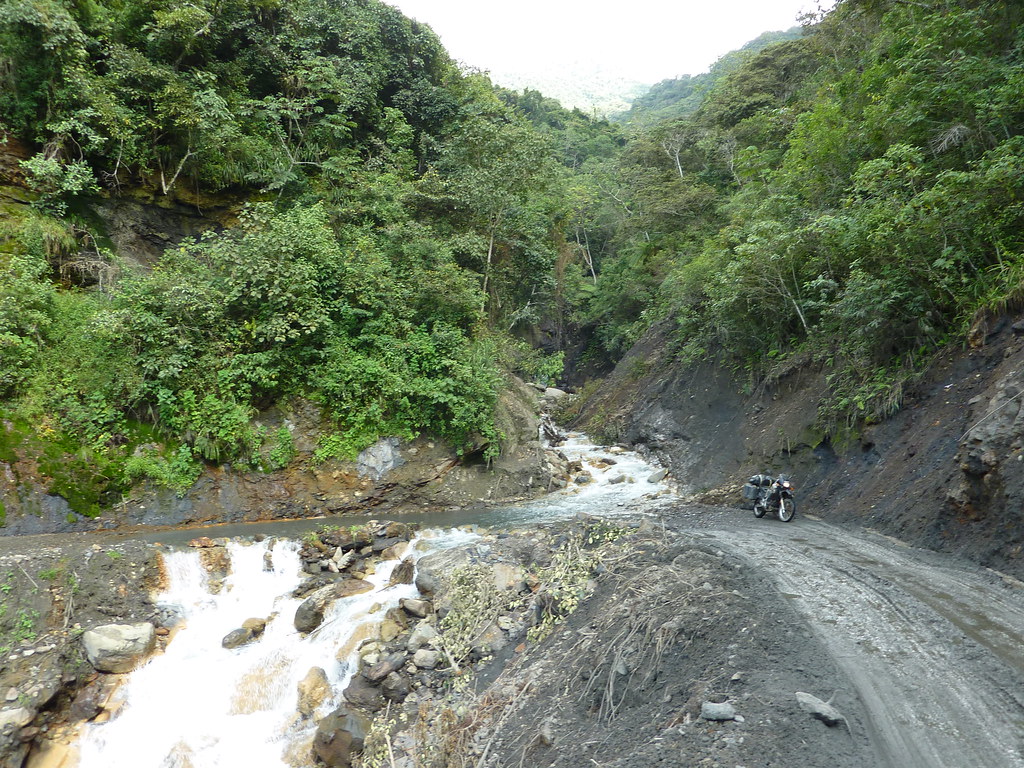
The tricky terrain was more than worth it though just to ride through the lush mountain scenery. And by dusk I´d reached Santa Theresa - as far as my bike could take me.
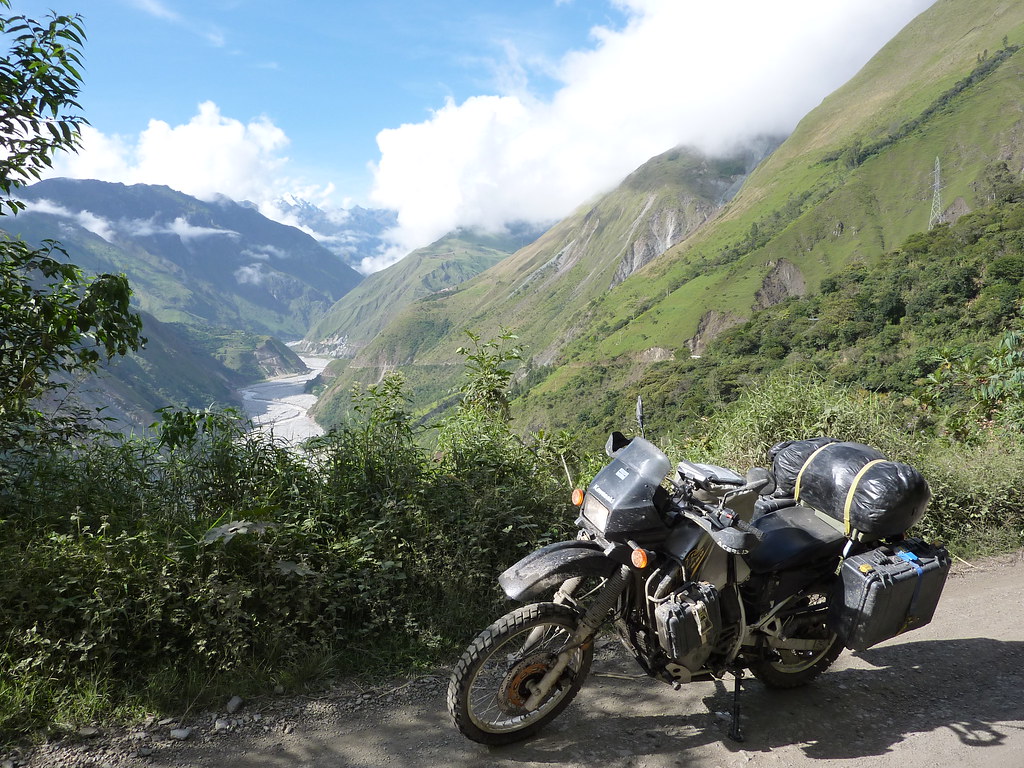
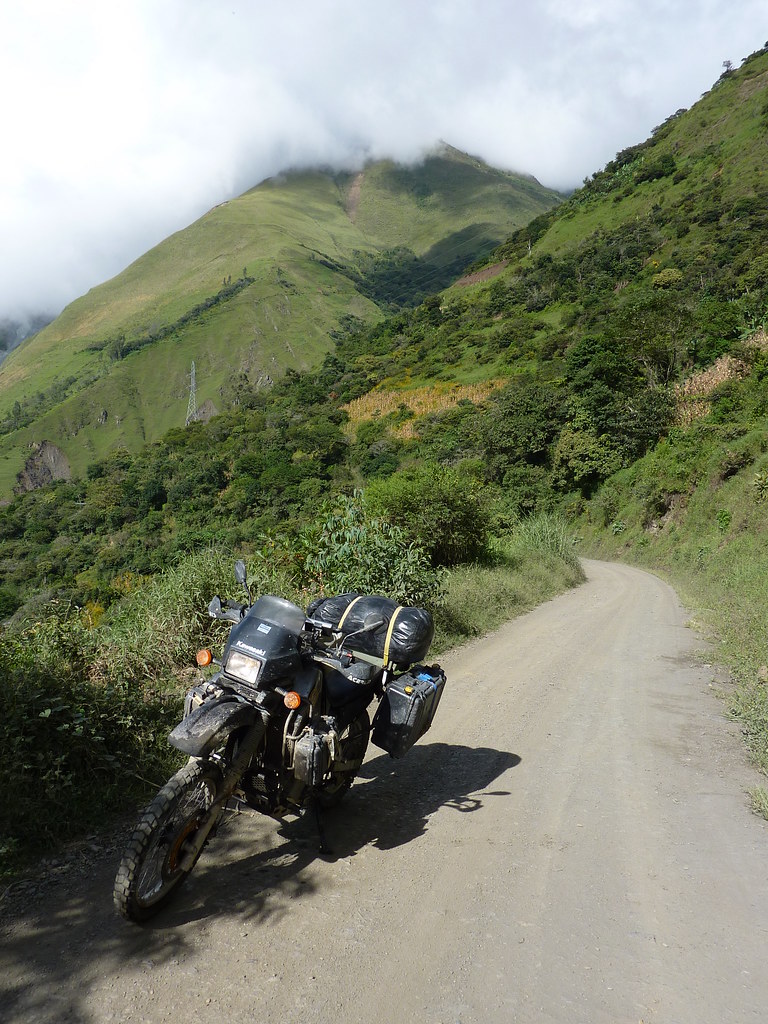
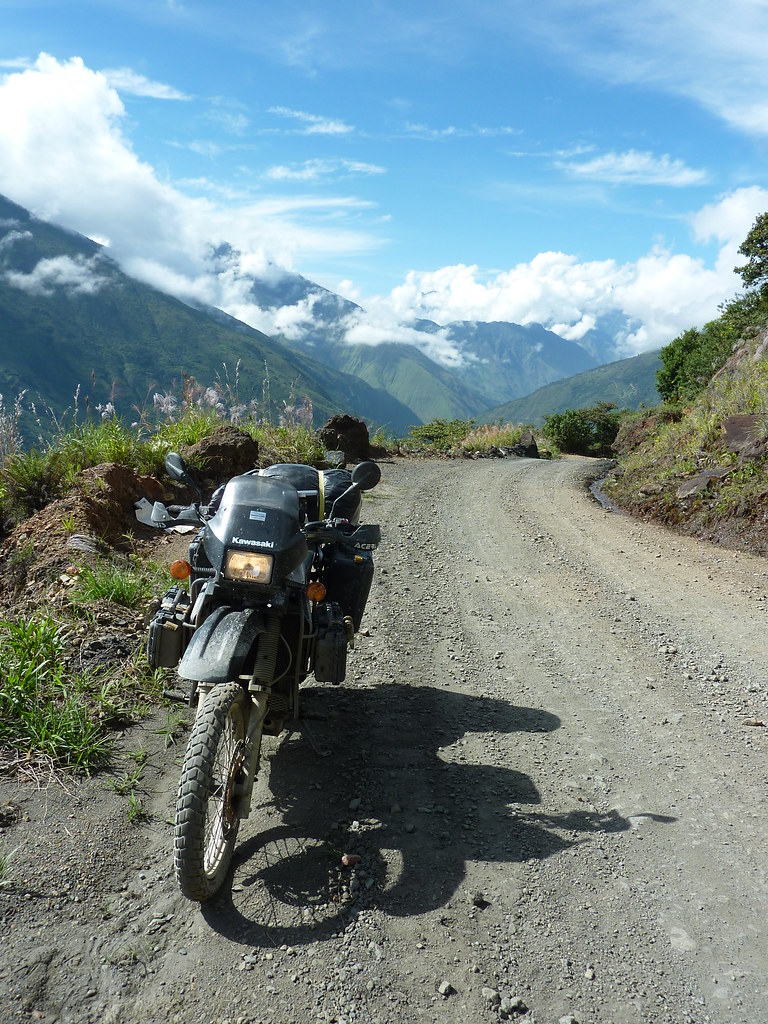
It was a satisfying day and I was pleased that I´d gotten off the beaten track and travelled a fairly unique route. At least I thought it was unique. But my dreams of originality were quoshed on finding a tourist hotel in Santa Theresa. There, I was not only greeted by a friendly German chap (Michael) who had ridden the exact same path two days before, but also a big group of hikers who were doing a similar thing on foot. Ah well, the company was good at any rate.
Up at dawn the next day I found out why I couldn´t ride my bike all the way to Machu Picchu - there was no bridge across the Villabamba River. Instead, the only way across was via a high wire cable and small metal basket. The locals seemed to trust the precarious looking contraption, and so with Alex the farmer in front of me, I hopped in the basket and got pulled across. Marvellous.
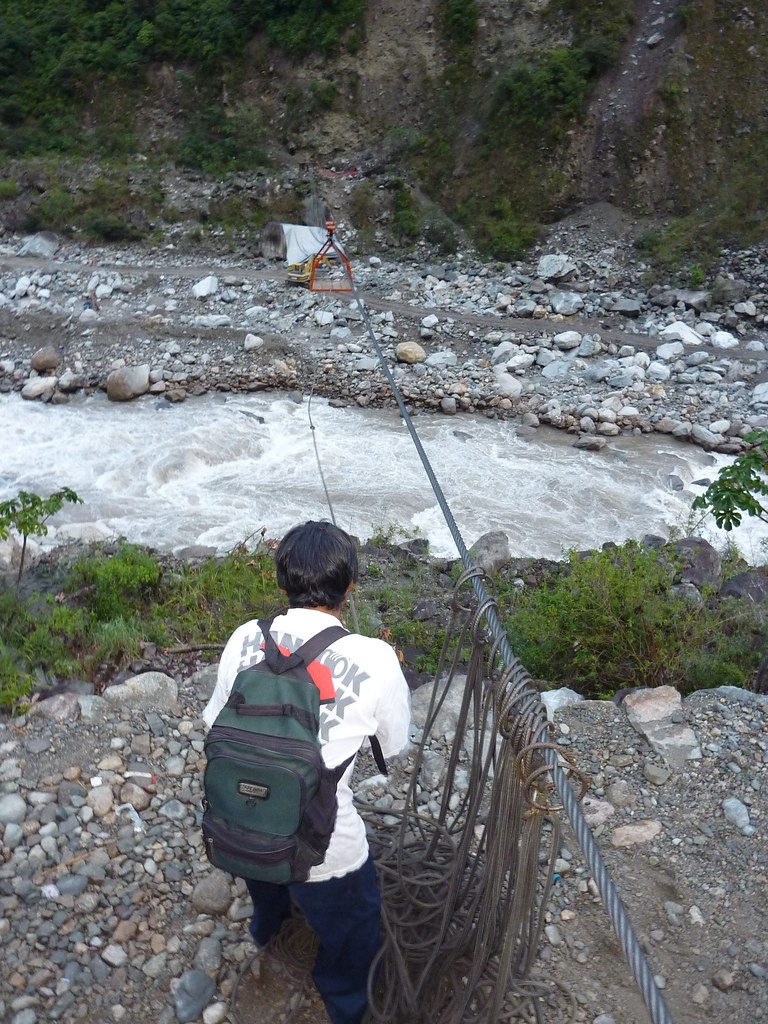
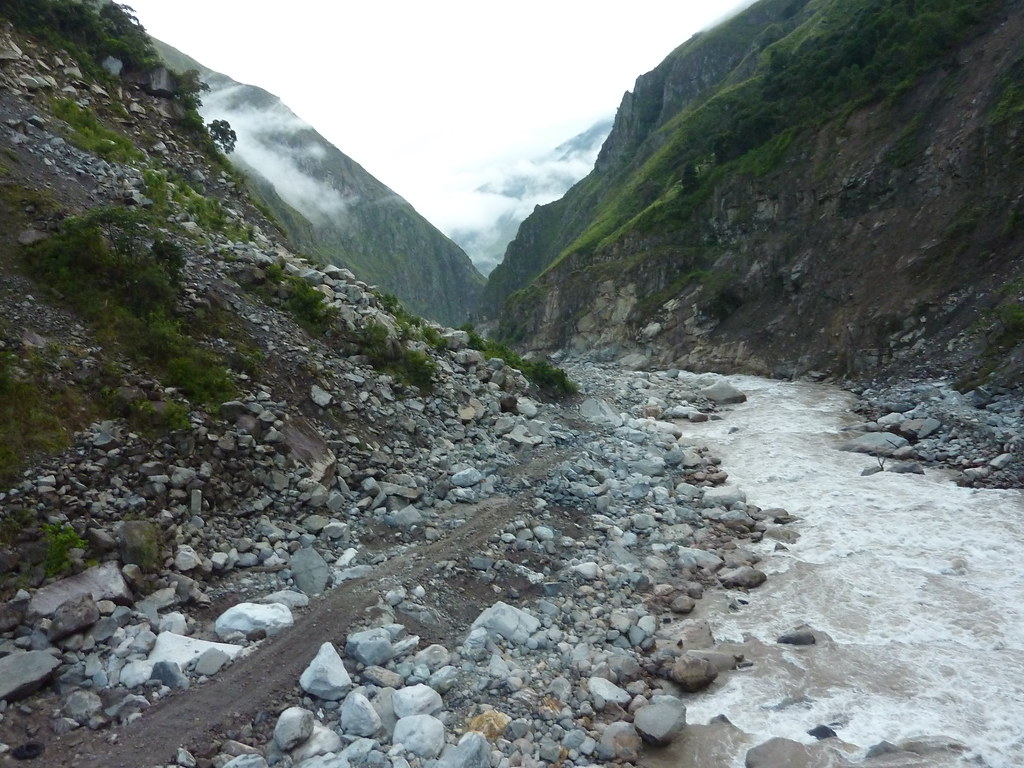
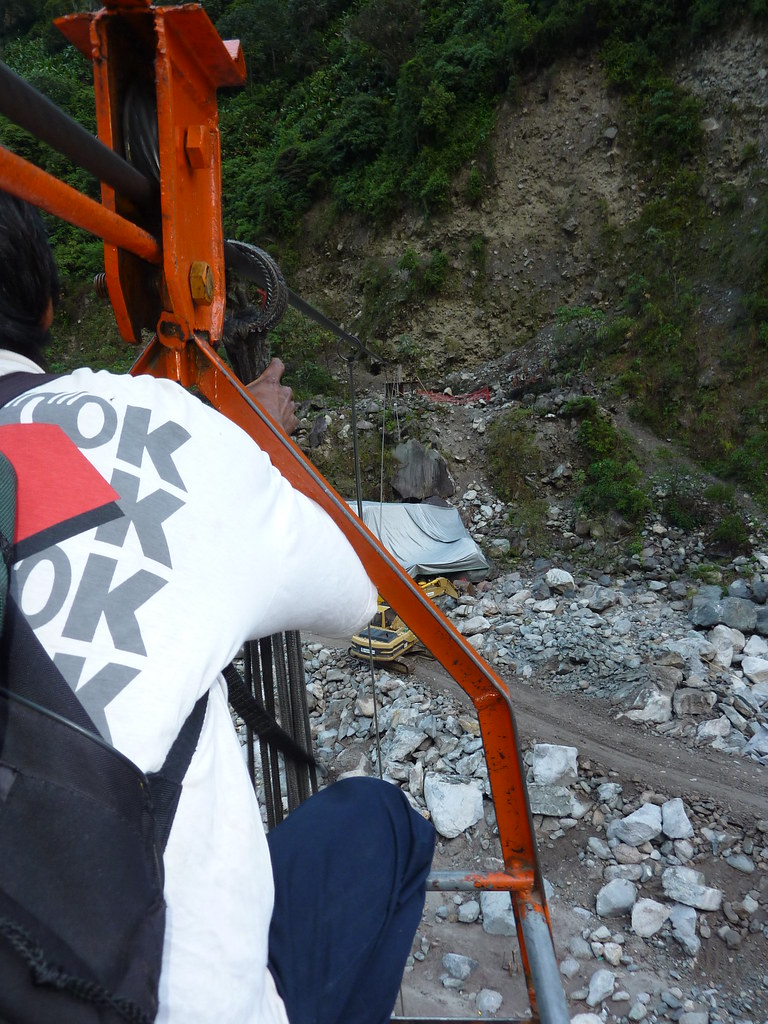
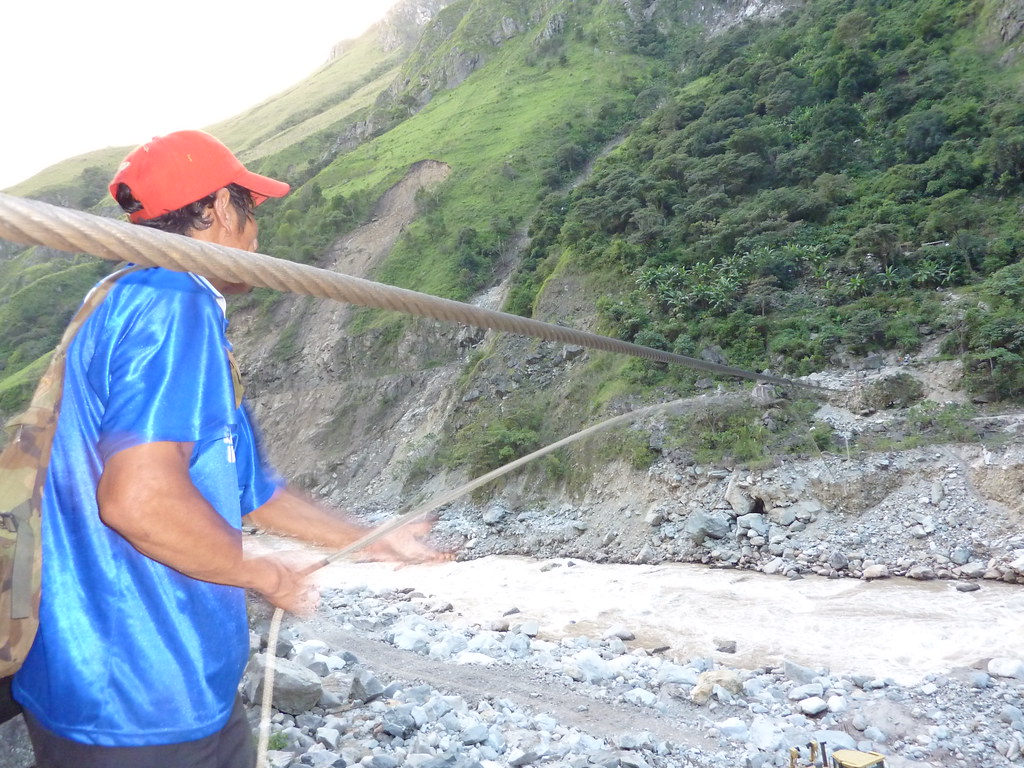
On the other side, Alex and I began the long hike to Machu Picchu. Ten miles of trudging over streams and along the railway tracks. Beautifully picturesque but tiring - I found it hard to believe that Alex made the journey everyday.
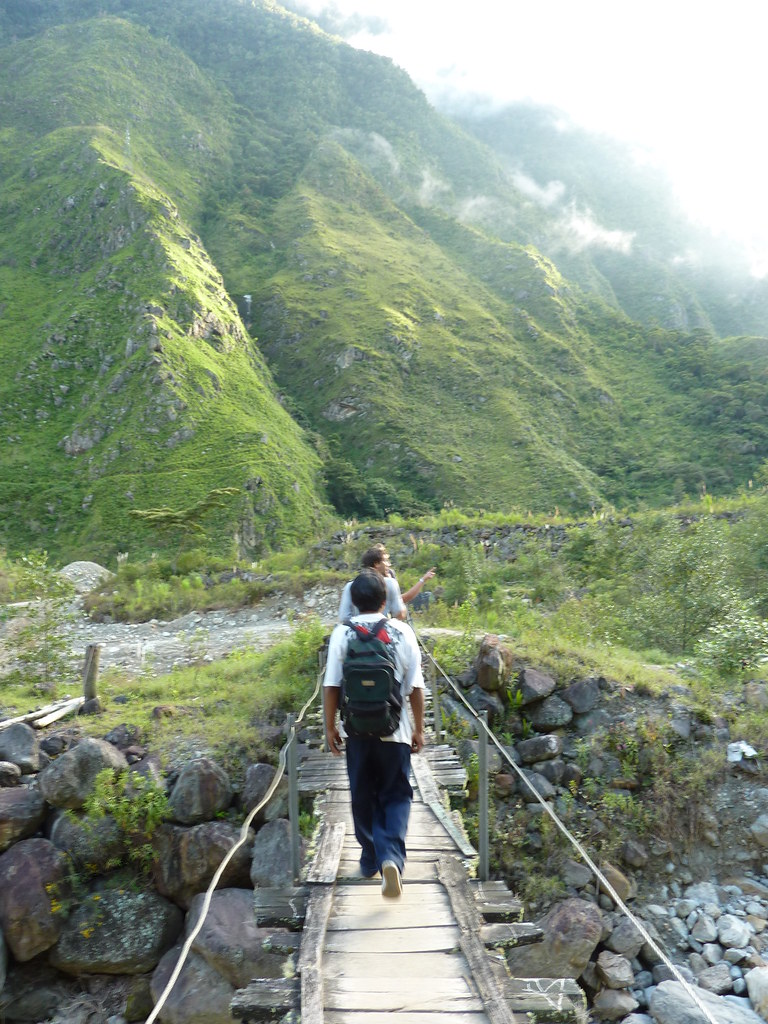

By nine o´clock we had reached Aguas Calientes - tourist base for Machu Picchu. There I bid farewell to Alex who wandered off for several hours of hard labour in the fields, while I got carted up to the famous ruins with a bus load of other tourists.
The views from the top were unforgettable. Granite spires towering up towards the clouds like skyscrapers, covered in thick jungle, with the churning torrent of the river below. And in the midst of all the natural beauty, high up in the trees, were the ruins. Extensive, ornate and amazingly intact thanks to the archaic but effective earthquake proof-niches built into the walls. Sun temples, agricultural terraces, barns, homes and more. Justifiably a city. A city in the clouds. A city with a view. Those clever Incas.
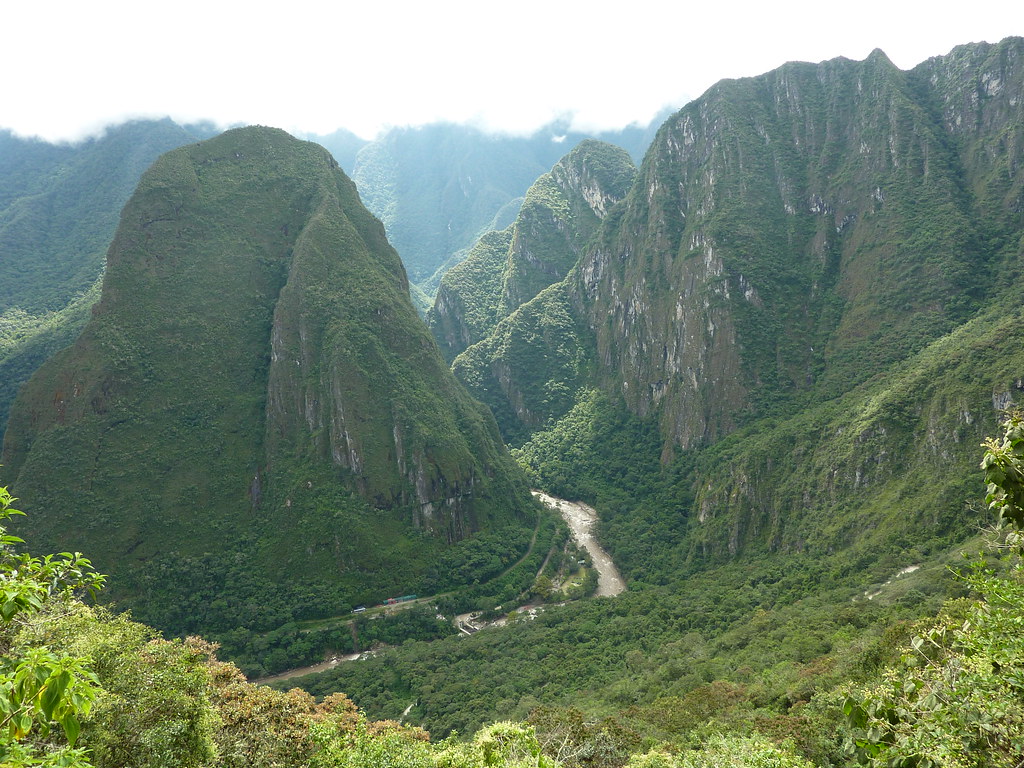
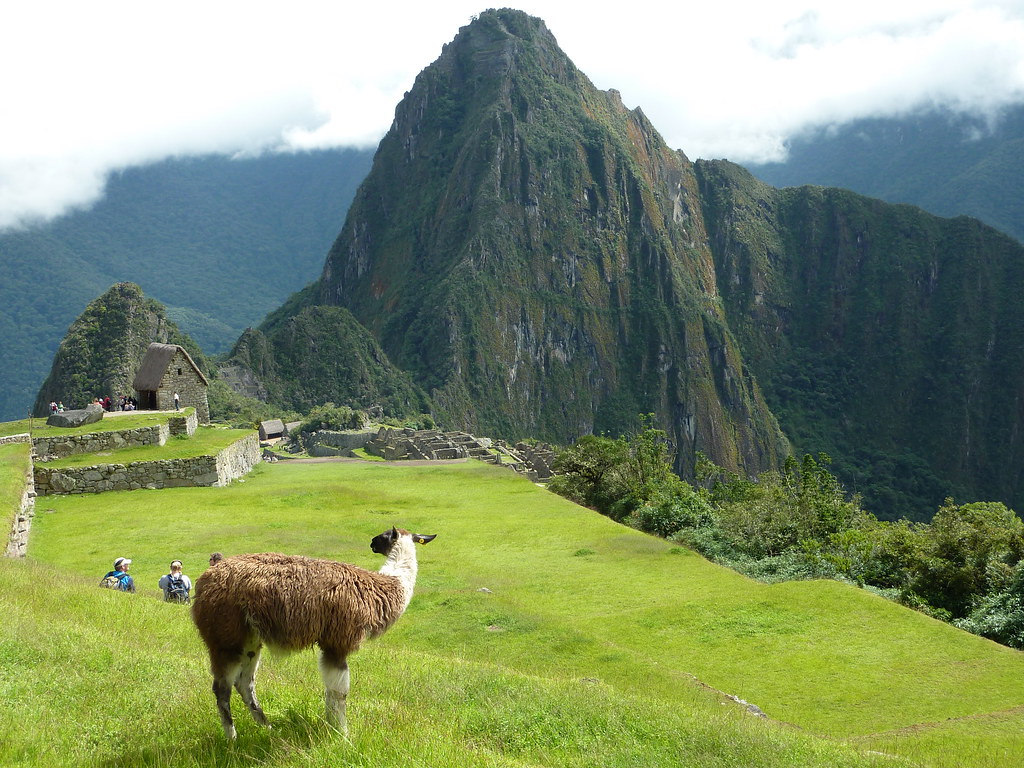
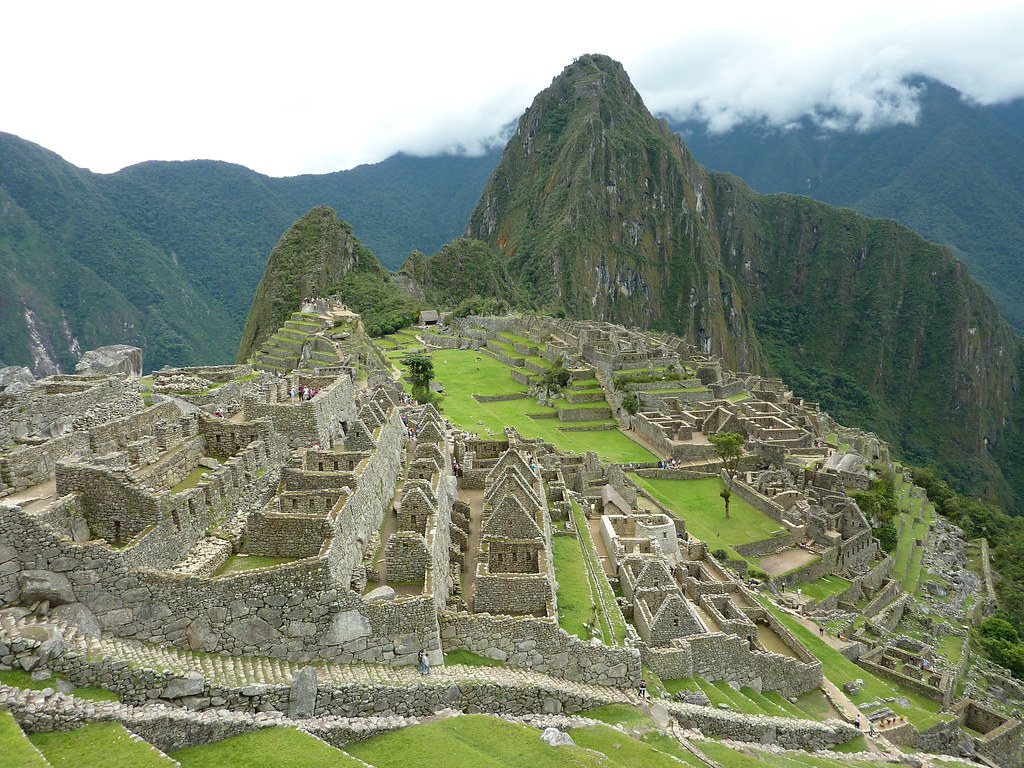
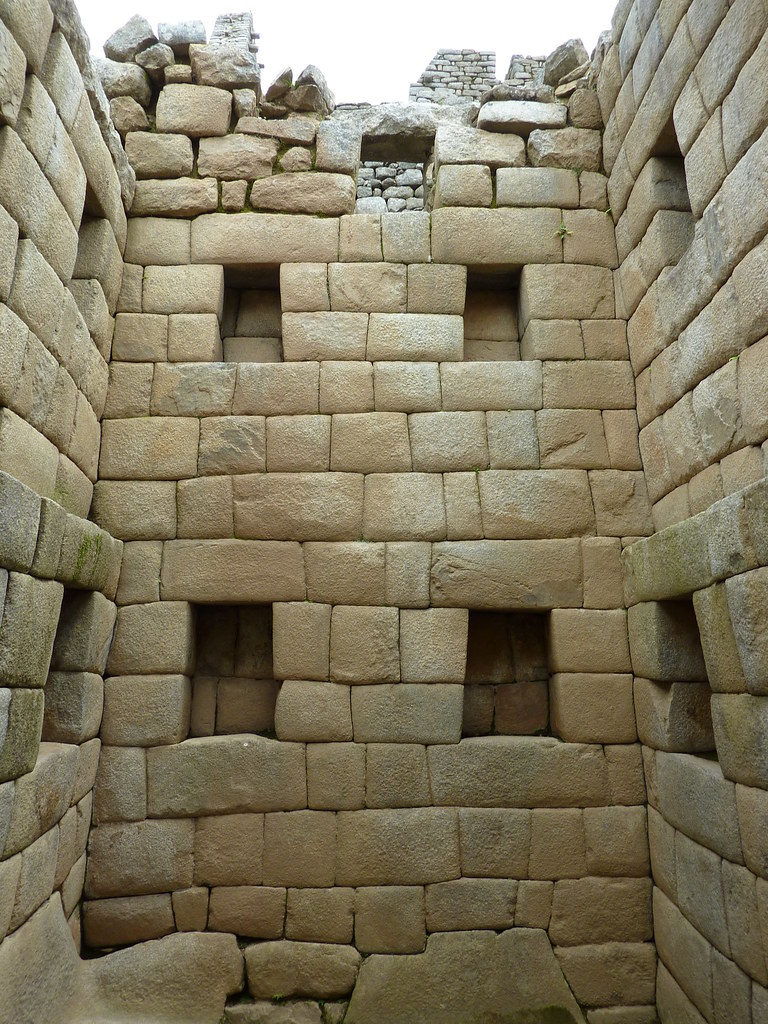

End of the Trail
With the majestic mountain ruins behind me, there was still one more Inca sight on my list of things to see - the mysterious Nazca lines of the coast. Reached by one of Peru´s great roads, I expected the going to be easy and scenic. Scenic it was, easy it was not. At 4000m above sea level, I was anticipating the final high altitude pass of the trip to be a bit chilly. Instead I was battered with freezing rain, marble sized hailstones and snow. Snow in Peru - would you believe it! I thought the Salar de Uyuni would be the closest I´d get to riding my bike in the white stuff - how wrong I was.
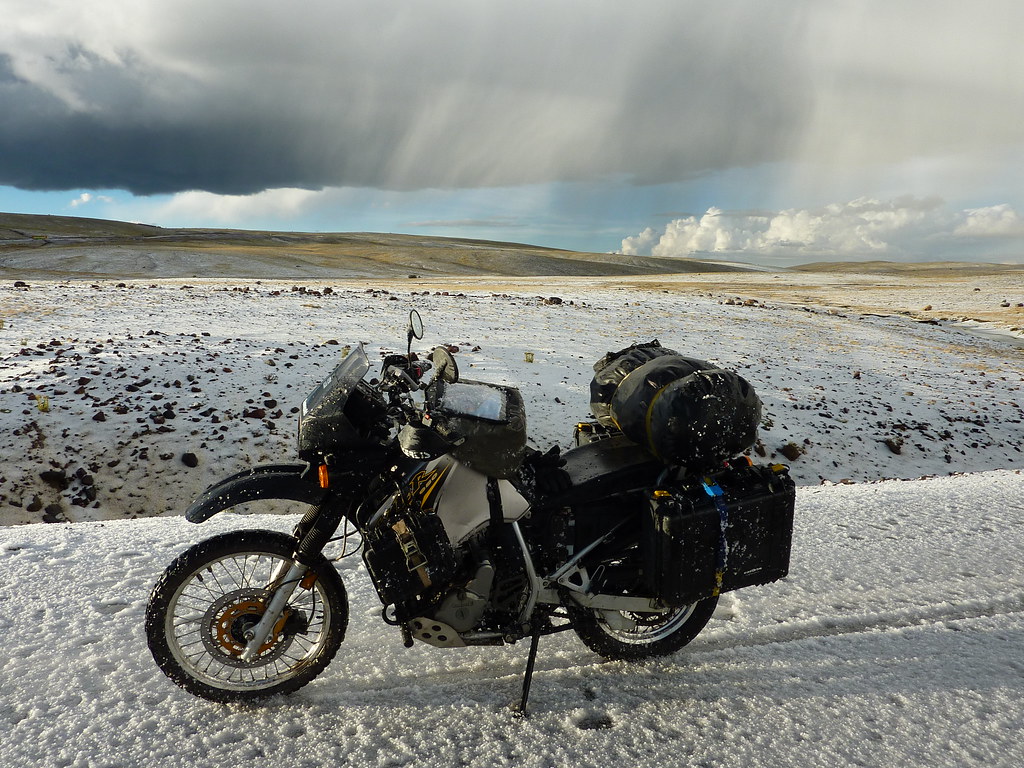
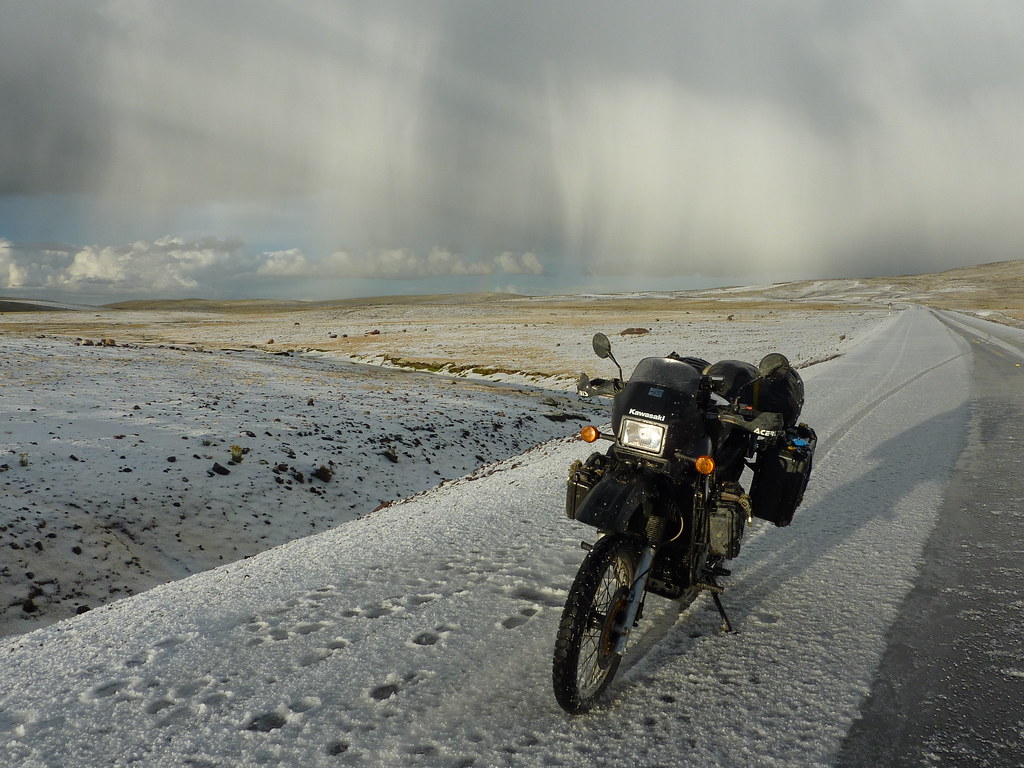
I shuddered my way down the mountain, descending into the merciful warmth of the desert. There, etched into the coastal plains, were the Nazca lines - giant complex murals like ancient crop circles in the rock. One in the shape of a monkey, another a frog, a shepherd, a tree, a llama. Some people have devoted their lives to discovering the meaning of these lines but their origin is still disputed. Probably the most accepted theory is they represent some sort of vast astronomical Inca calendar. Interestingly, the Incas didn´t use the stars to form their astronomical constellations but used the darker bits or "black clouds" of the Milky Way.


The shapes of the lines and the shapes of their black cloud constellations certainly seems to match up. So maybe the theory does hold water. But it seems a bit of an unnecessary effort to build such a large calendar in the desert. Who would read it? Personally, based on my own five minutes of study, I think the vast shapes represent ornate racing tracks for Guinea Pigs - the Inca equivalent of scaletrix. Only time will tell who is right.
End of the Road
And so, with my own Inca trail complete I´ve now turned my attention to the final country of my trip - Ecuador. To get there I´ve been motoring north on the dull Pan-American Highway. Having gotten as far as Lima, I was expecting to have to ride another 2000km to the equator. But, as is becoming customary in the final stages of these big trips, my bike has run into problems. A slow, but serious oil leak has the Phoenix held up in Peru for a few days. And so, with time running out, I´ve decided to leave her to recuperate for a few days and push on via other means. Ecuador will have to be done on foot.
No matter - I hear it has some of the best trekking in the world.
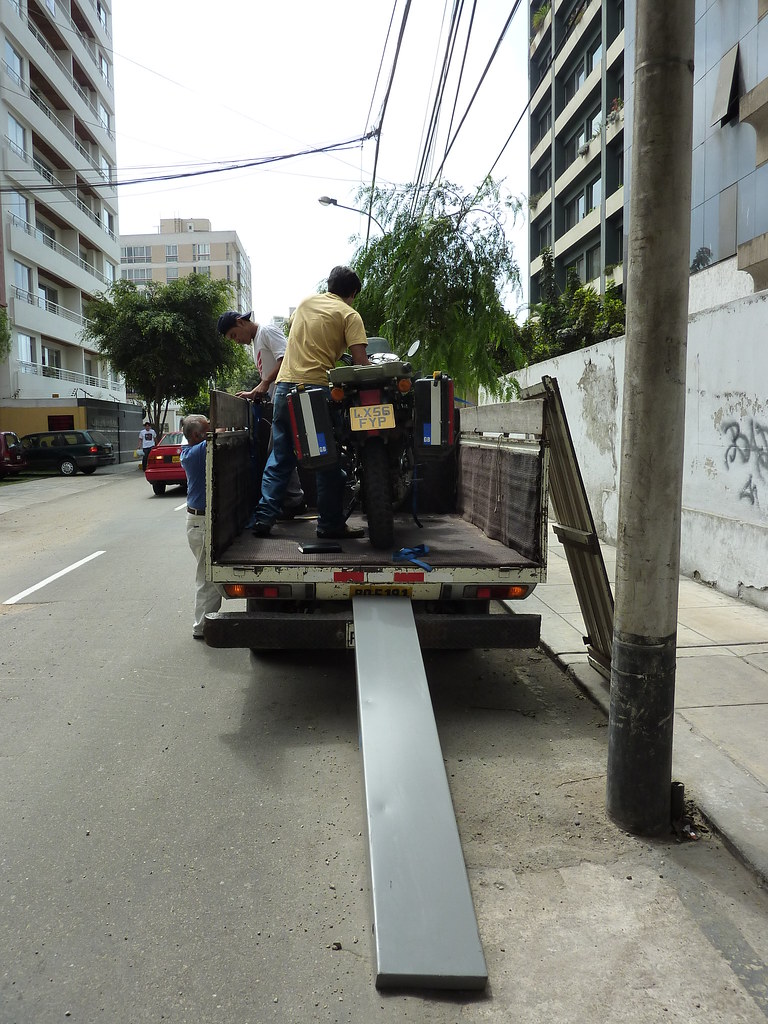
Here´s to a swift recovery for the Phoenix.
